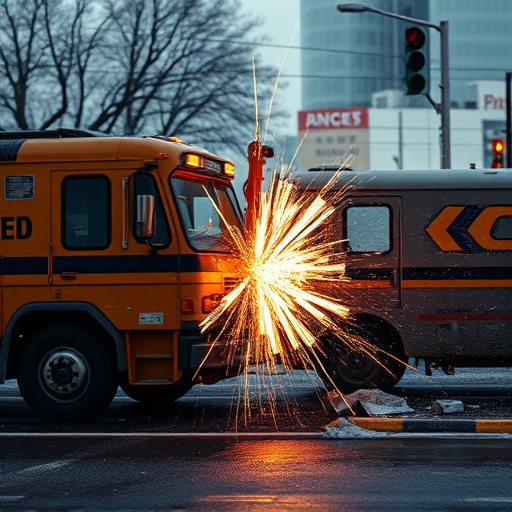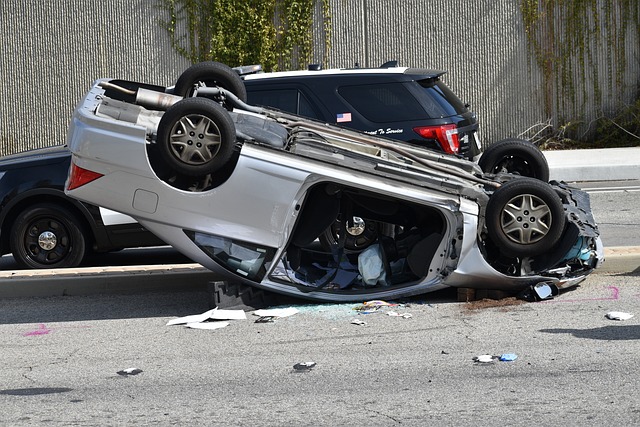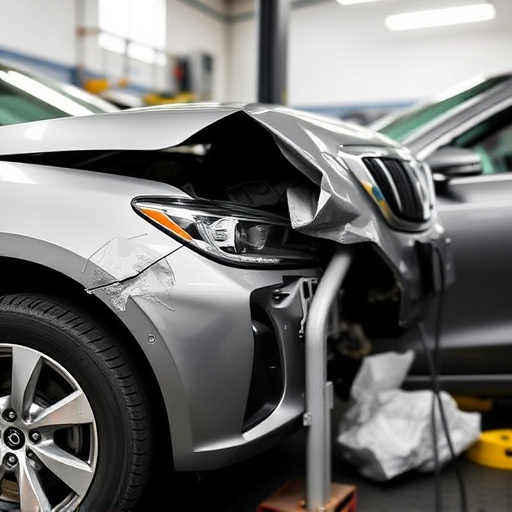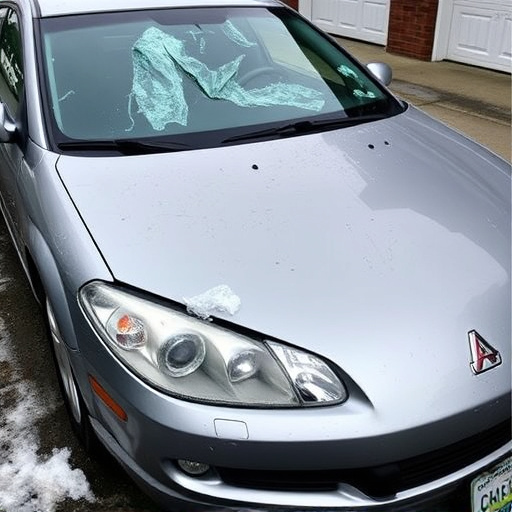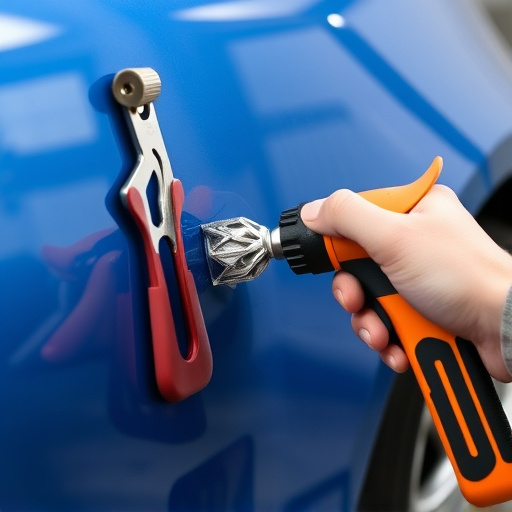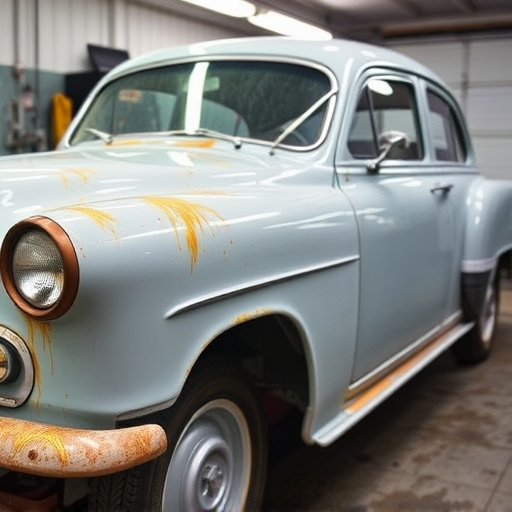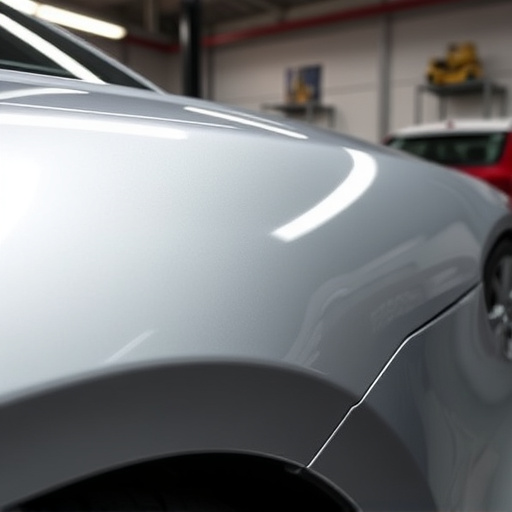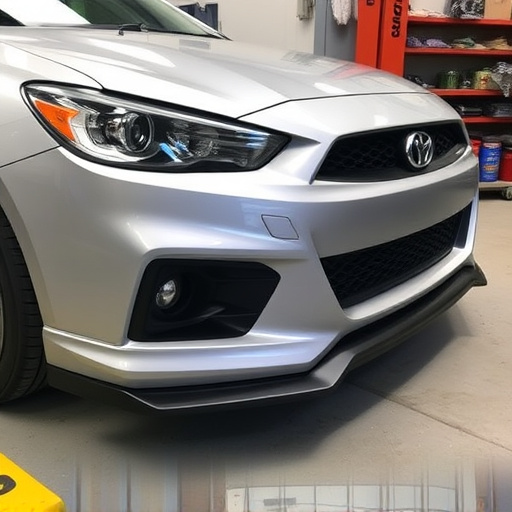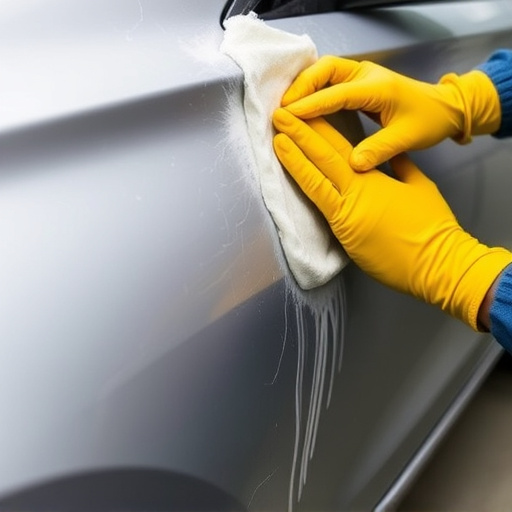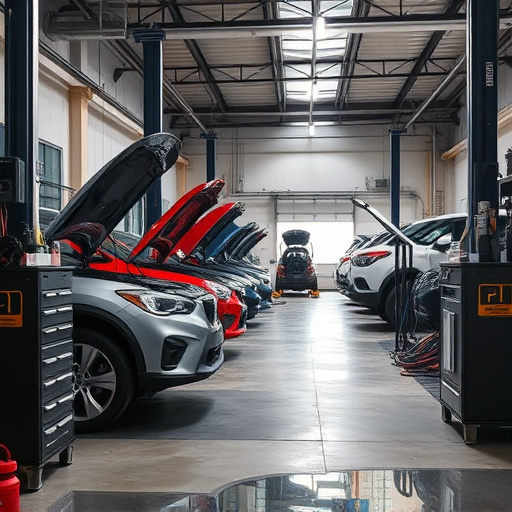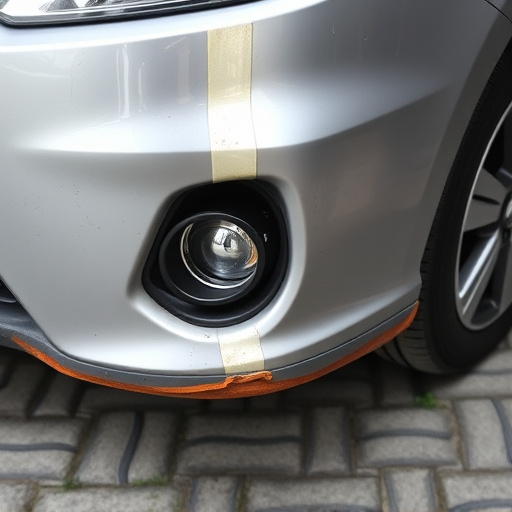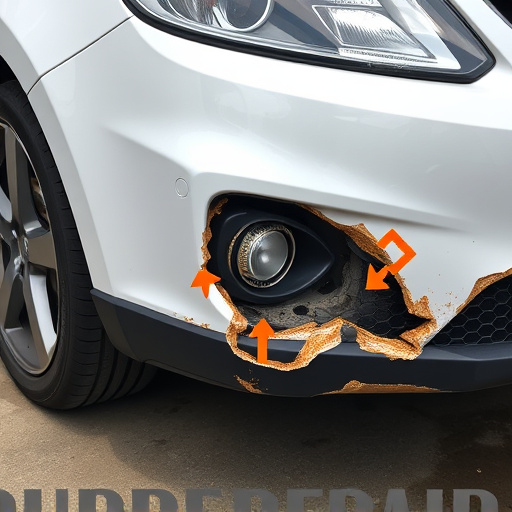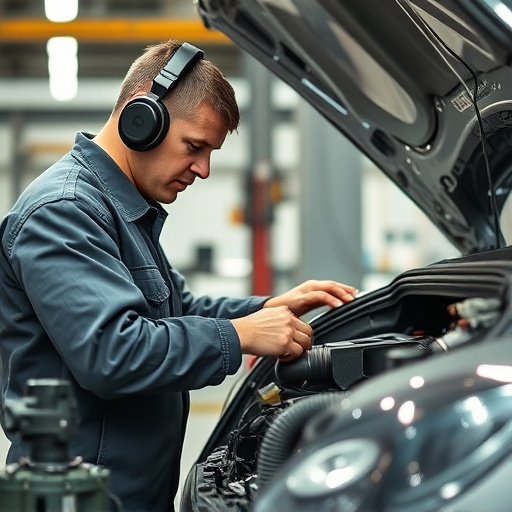Comprehensive assessment and skilled technicians are crucial for passenger van body repair, addressing light scratches to severe collision damage using advanced diagnostic tech, specialized tools like hammers, plasma cutters, and CAD systems, ensuring precise straightening, paint matching, and quality control while prioritizing customer satisfaction through open communication.
In the realm of automotive servicing, efficient and accurate passenger van body repair is a critical skill. This comprehensive guide delves into the key elements ensuring success in this specialized field. From understanding damage assessment methods for identifying various passenger van body issues to mastering repair tools and techniques, each step demands precision. We explore quality control measures and customer satisfaction strategies, emphasizing the importance of a thorough approach in restoring vehicles to their pre-incident condition.
- Understanding Passenger Van Body Damage Assessment
- Essential Tools and Techniques for Repair
- Quality Control and Ensuring Customer Satisfaction
Understanding Passenger Van Body Damage Assessment

When it comes to passenger van body repair, a thorough assessment is paramount. Damage to these commercial vehicles can vary widely, from minor scratches and dents to more severe collision-related issues. Proper evaluation involves meticulous inspection, considering both visible and hidden damage. Technicians skilled in passenger van body repair employ various methods and tools to detect cracks, deformities, or misalignments that might not be immediately apparent.
This process includes close examination of the vehicle’s exterior panels, frames, and structural components. Advanced diagnostic technology often assists in identifying damage, ensuring that every aspect is accounted for before initiating repairs. By understanding the extent and type of damage, technicians can tailor their approach, whether it involves straightforward scratch repair or complex collision repair services, ultimately delivering a restored van that meets safety standards and customer expectations.
Essential Tools and Techniques for Repair
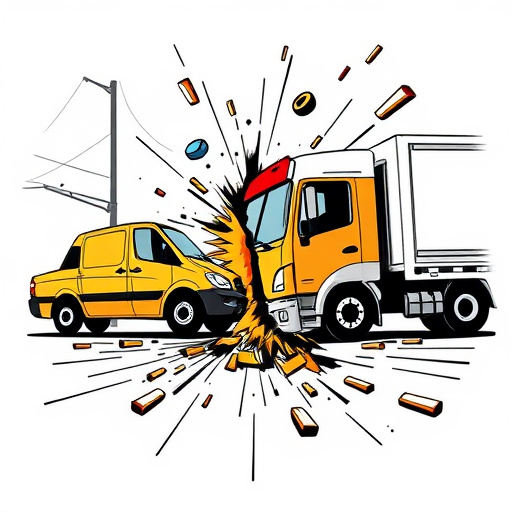
When it comes to achieving success in passenger van body repair, having the right tools and techniques is paramount. The cornerstone of any successful automotive collision repair or restoration project lies in meticulous preparation and a well-equipped workshop. Essential tools for this line of work include specialized hammers, dolly kits, and precision cutting equipment such as plasma cutters. These tools enable technicians to safely remove damaged panels while minimizing the risk of further deformation.
Techniques employed in passenger van body repair should be tailored to the extent of damage. This often involves a combination of straightening, panel replacement, and meticulous paint matching. Skilled technicians use advanced techniques like computer-aided design (CAD) systems for accurate measurements and angle adjustments during straightening processes. For paint jobs, understanding color theory and utilizing high-quality paints are crucial to achieving a seamless finish that masks any previous repair work, ensuring the vehicle returns to its pre-accident condition, akin to top-tier automotive restoration efforts.
Quality Control and Ensuring Customer Satisfaction

Ensuring quality control is paramount in passenger van body repair to meet customer expectations and deliver exceptional service. Skilled technicians must meticulously inspect each vehicle, identifying any pre-existing damage or manufacturing defects before beginning repairs. This involves a comprehensive assessment of the van’s exterior and interior components, including panels, frames, paint jobs, and trim. Only with a thorough understanding of the vehicle’s condition can the repair process begin, guaranteeing a precise and durable outcome.
Customer satisfaction is the ultimate goal of any successful passenger van body repair service. Communication is key; keeping clients informed throughout the restoration process fosters trust and ensures they feel involved in their vehicle’s transformation. Transparency regarding repair methods, timelines, and potential costs demonstrates professionalism and builds long-lasting relationships. By prioritizing both quality control and customer satisfaction, automotive repair services can stand out in a competitive market, attracting repeat business and positive word-of-mouth referrals for their comprehensive car damage repair expertise.
Passenger van body repair success hinges on meticulous damage assessment, utilizing specialized tools and techniques, and upholding rigorous quality control. By combining these key elements, repair shops can achieve exceptional results, ensuring customer satisfaction and maintaining the integrity of these vital commercial vehicles. Embracing best practices in passenger van body repair not only guarantees reliable transportation but also fosters a positive reputation for businesses specializing in this field.
